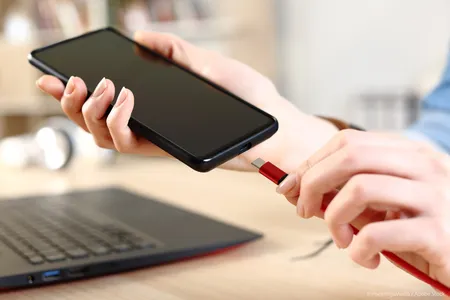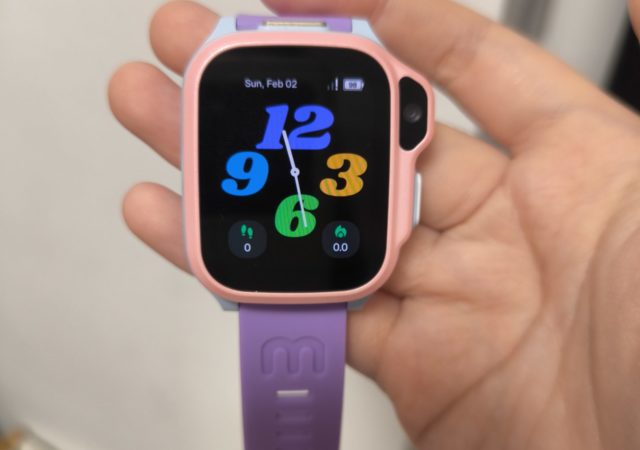The USB-C mandate is officially live as of 2025, marking two years since the European Union’s initial press release about this legislation.
 To recap, the EU sought to eliminate the fragmented use of charging connectors by advocating for a universal standard that is accessible, efficient for power and data transfer, and widely adoptable by businesses. Therefore, in 2022, they passed a law mandating that all mobile phones, tablets, and cameras sold within its borders must adopt USB-C for charging by the end of 2024. For laptops, the deadline is extended to 2026.
To recap, the EU sought to eliminate the fragmented use of charging connectors by advocating for a universal standard that is accessible, efficient for power and data transfer, and widely adoptable by businesses. Therefore, in 2022, they passed a law mandating that all mobile phones, tablets, and cameras sold within its borders must adopt USB-C for charging by the end of 2024. For laptops, the deadline is extended to 2026.
EU officials argued that standardizing USB-C would allow consumers to use a single charger across multiple devices, reducing the production of new chargers, minimizing environmental waste, and lowering the associated carbon footprint. The widespread adoption of advanced GaN chargers, which support USB-A and USB-C ports, further enhances compatibility across high-wattage charging standards, promoting uniform performance regardless of charger brands.
The legislation also targets the elimination of proprietary “lock-in” practices by some manufacturers. Notably, Apple initially opposed the mandate, citing concerns over potential impacts on innovation and consumer choice. Despite this, Apple introduced USB-C with the iPhone 15, phasing out its proprietary Lightning port. However, Apple’s “MFi” certification standards persist, meaning non-MFi USB-C cables may still provide inconsistent performance.
The EU estimates that reusing chargers could save consumers up to €250 million annually while addressing the 11,000 tonnes of e-waste generated from discarded chargers each year. This move toward interoperability benefits consumers and contributes significantly to environmental sustainability.





